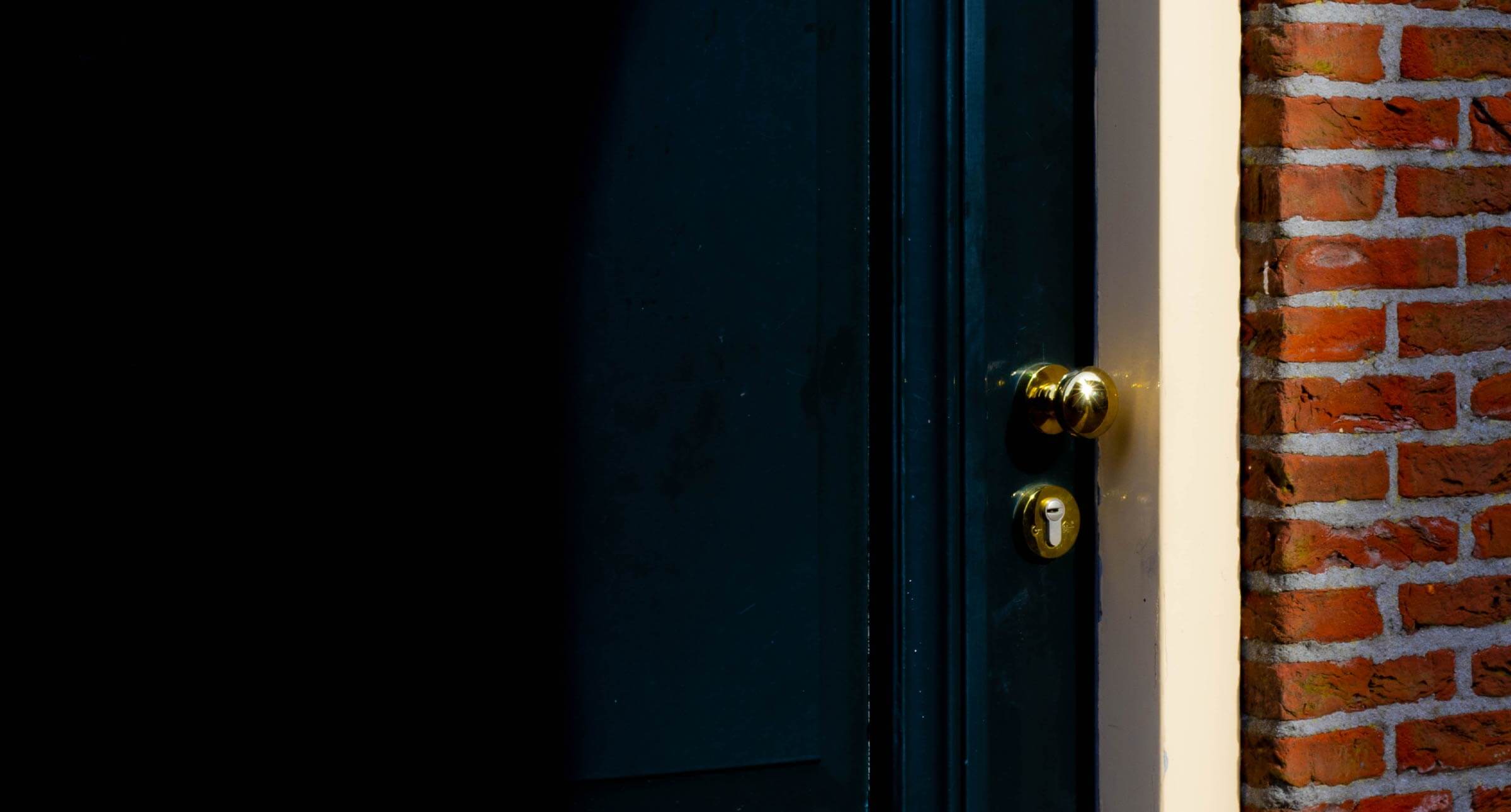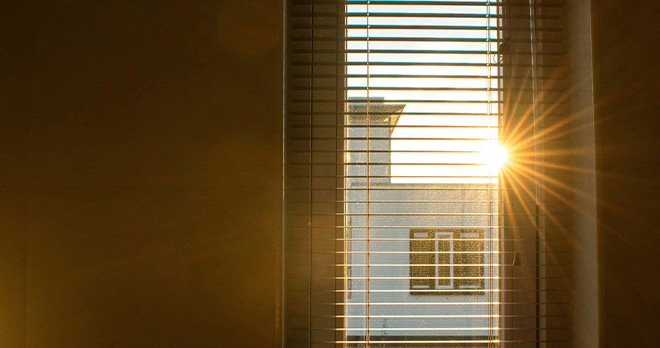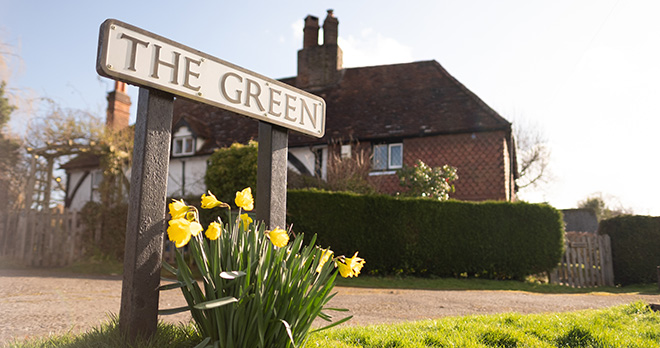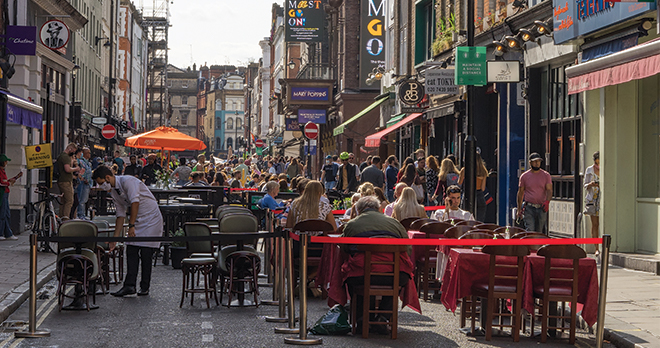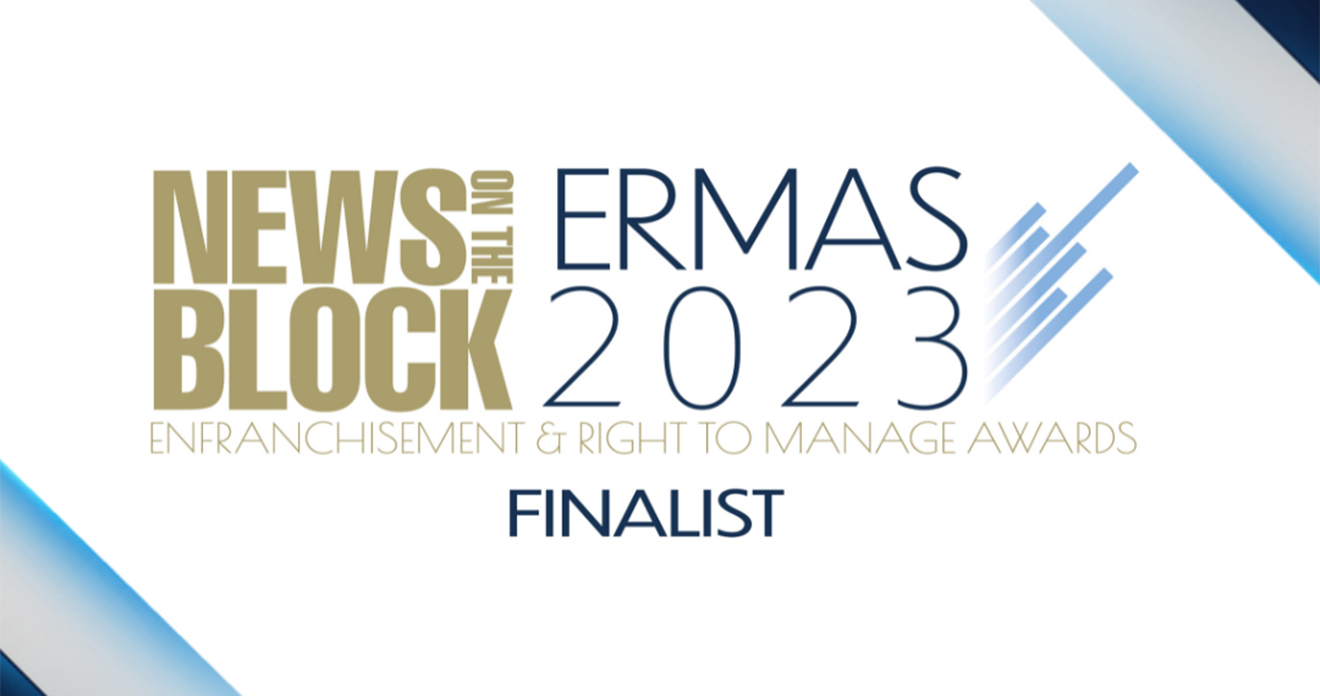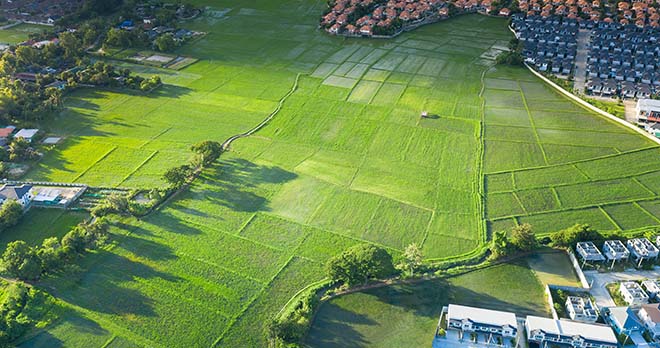Casting light on rights
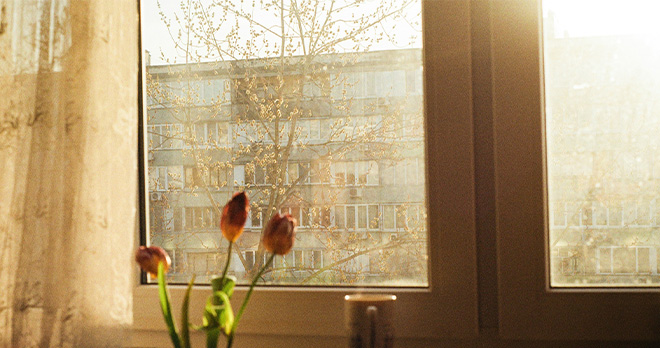
The first of a new series of articles clarifies exactly what the right to light entails and how it arises
A right to light is an easement enjoyed by one landowner over the land of someone else, and it can be asserted by anyone with an interest in land, including tenants under leases.
Unusually, it canprevent a landowner from building on their own land and can be employed to restrain development even when planning permission is in place. Accordingly, rights of light are a powerful tool for those who want to resist development and are, as Lord Lindley described them in Colls v Home & Colonial Stores [1904] AC 179 ‘a peculiar kind of easement’.
Rights of light are often confused with other matters, so it should be noted that they are not a right to receive direct sunlight, privacy or a view. As Lord Denning stated in Phipps v Pears [1965] QB 76:
‘Suppose you have a fine view from your house. You have enjoyed the view for many years. It adds greatly to the value of your house. But if your neighbour chooses to despoil it, by building up and blocking it, you have no redress. There is no such right known to the law as the right to a prospect or view.’
Yet rights of light are often deployed for these very reasons, because owners want to protect their privacy or beautiful outlooks.
To clarify: the right to light is a right to enjoy natural light that enters a building through a defined aperture. The most rics.org/journals 43 obvious example of an aperture is, of course, a window, although a right to light could similarly be acquired through a skylight or a window set in a door. Although rights of light can be expressly granted, this is rare. Most are acquired
under section 3 of the Prescription Act 1832 (bit.ly/PresAct1832); that is, by the enjoyment of the light for at least 20 years before the time that proceedings are commenced, without interruption and without written consent.
The second and most unusual form of prescription is by common law.
This is a presumption that there has been a grant of a right to light that has been enjoyed since time immemorial, in this context meaning the year 1189. Except for a handful of buildings, it is almost impossible to prove the position of apertures for a period of more than 800 years.
A right to light can also be acquired pursuant to the doctrine of lost modern grant. This doctrine presumes that at some point in the past it was expressly granted, but that the document evidencing that grant has since been lost. Again, it is necessary for the claimant to prove that there has been a 20-year period during which the light has been enjoyed without interruption and without consent.
The main difference between the doctrine of lost modern grant and the 1832 Act is that in the former case, the required 20 years need not be the period immediately before the commencement of proceedings, but can be at any point in the past. This is particularly useful in circumstances where, for example, the building enjoying the light has been demolished or a window blocked up. Crucially, only freeholders can rely on the doctrine; a lessee cannot pursue a claim pursuant to it.
A right to light can be granted expressly in the same way as any other easement, such as a right of way. As mentioned above, express grants are rare, but reservations of rights of light – which amount to the same thing – in leases and transfers are common. Before concluding that a right to light exists, you must check conveyancing documents very carefully. For example, a tenant in a block of flats may believe that they have acquired this right by prescription because they have enjoyed the light to their window for more than 20 years. However, if the lease says that the right to light is reserved to their landlord, then they have no claim.
Once rights of light are acquired, there are still many ways in which they can be lost.
One is by abandonment: to demonstrate as much, it is necessary to show that the person with the benefit of the right had a positive intention that it should be abandoned. This is virtually impossible to prove, and even the bricking up of a window or the demolition of a building is not generally enough.
Because it is impossible to acquire a right of light over your own land, it may be lost by unity of ownership. By way of explanation, assume there are two parcels of land, A and B. A has a right of light over B. If the owner of A also acquires B, they will not have a right of light over B. However, a non-related purchaser would, because both parcels are in the same ownership. There is one line of thought that the right of light could come back into existence when A sells B on, so the right is not necessarily lost, just that it does not exist while the property is in common ownership.
As previously stated, the demolition of a building will not extinguish rights of light unless the landowner had a positive intention to abandon them. If a new building is subsequently constructed on the site of the old one then, assuming the new apertures coincide with the position of the old ones, they will enjoy rights of light to the extent that there is overlap with the position of windows in the old building. Given the potential exposure to a claim, developers that are acquiring sites should carry out due diligence as to which buildings historically surrounded those sites. This is something that could be raised in pre-contract enquiries.
A claimant under section 3 of the 1832 Act must demonstrate that the light had been enjoyed for 20 years without interruption; section 4 provides that to be effective, an interruption must continue for at least a year. Therefore, if a right to light has been obstructed for more than a year, then the claimant will have lost their claim under the act but could still bring a claim under one of the other methods.
A physical obstruction such as a wall or hoarding that has been in position for a year or more will constitute an interruption pursuant to section 4 of the 1832 Act, but section 4 of the Rights of Light Act 1959 (bit.ly/RoLact1959) provides a far simpler way of obstructing the passage of light by the registration of a light obstruction notice; doing so has the same effect at law as if a physical obstruction had been constructed. Any rights arising under the 1832 Act will be defeated unless the light obstruction notice is challenged by court action within a year of registration. Rights of light arising under the doctrine of lost modern grant, however, are unaffected.
Angela is a partner in the Property Disputes team in our London office.
She is a Solicitor-Advocate with extensive experience in all aspects of commercial and contentious property matters.
Learn more about Angela's area of expertise:
Read more from around RWK Goodman:
View more articles related to Property Disputes and Property Disputes

